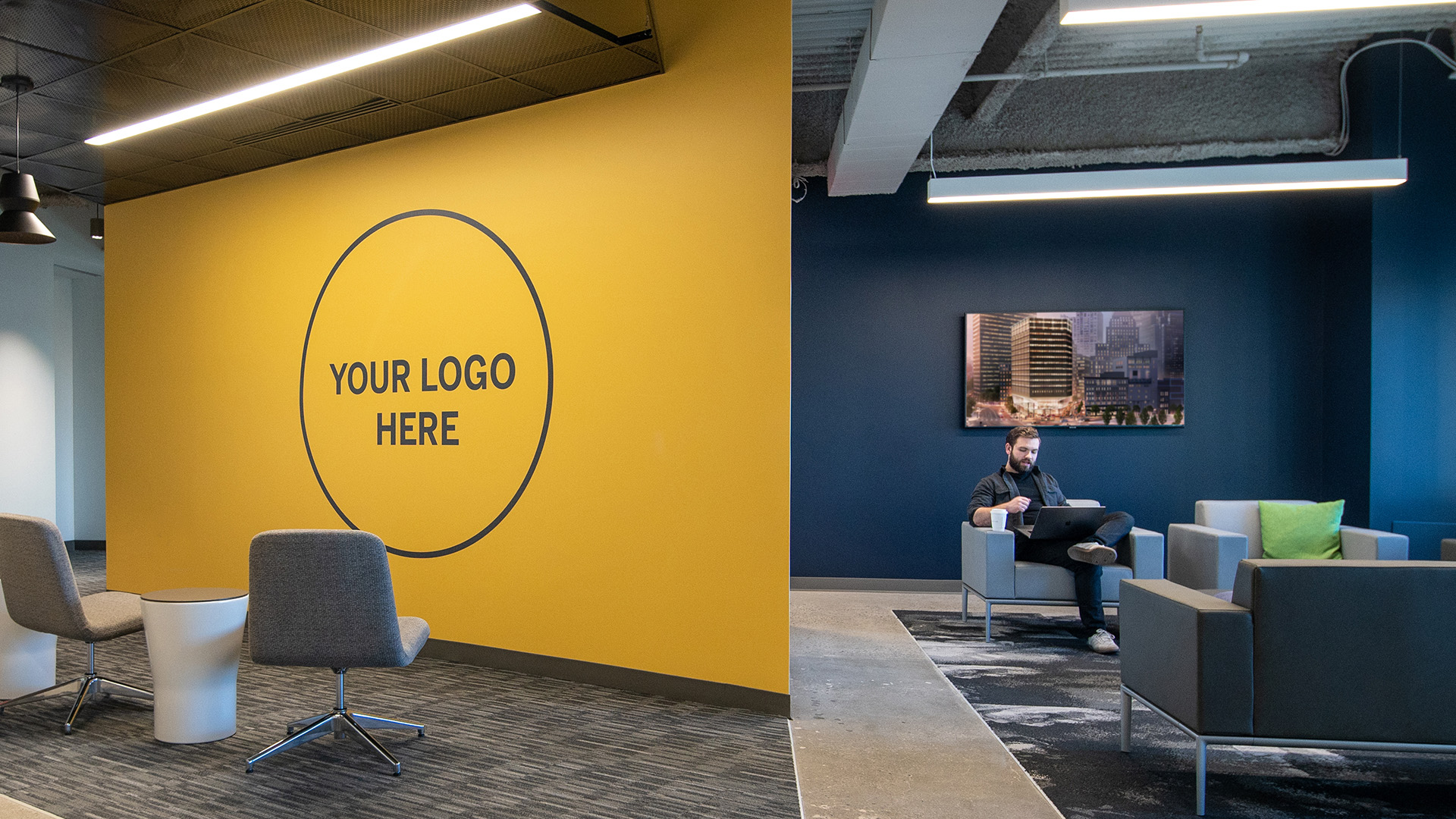The art of brewing beer is almost 4,000 years old, but the current craft beer focus was born in reaction to the watered down, mass production corporate brews of the 1970’s. The fermentation of a complex and robust brewing community appears to be as competitive as the limited space to display the product on every local ‘packy’ shelf. Craft beers began to gain a following as trail blazers like Jim Koch of the Boston Beer Company (who brewed Sam Adams lager in his kitchen sink) and the resurgence of old-time fledgling breweries like Anchor Steam Beer began to be known as microbrewers, making small batches of rich bodied concoctions. The industry has grown and shrunk several times due to the economy and through marketing efforts, but beer with taste—that values delicate measurements of bitterness, color, and gravity—was, and is, here to stay.

The key to breweries staying afloat during economic downturns was consistency and winning the hearts of customers through freshness and brand. Beers began to look for new ways to separate themselves from the other breweries by including floral, fruity, hoppy and malt flavors (that often represented as gimmicky), but just as in most business attempts to stand out, it became either the knockout punch or a ticket to ride. The growth of the business and success of a few caused many other starters to throw their bottles into the ring, and the fall and rise of the industry flooded the market, making drinkers question which brews could be best relied upon. The answer–and proof that the product is worthy–caused brewers to introduce their wares through brick and mortar tap rooms and brewery tours to establish stronger brand identity.

The three foundational keys to building not just the brand, but also a space, that promotes the beers they represent are:
- Be true to your brand (everyone loves authenticity),
- Differentiate from local competitors (give your customers a reason to choose your brew and your brewpub), and
- Create a destination. Develop a product and place that are worthy of returning to again and again (nobody wins if the result is one and done).
The goal of a tap room? To create a reflection of brand and beer styles represented in spaces that allow followers to be immersed in the experience. Creating a destination for loyal customers or an introduction to potential consumers can reinforce the base. Of course, one concern of any brewer is the cost to lease and create tap rooms for a business that can literally go down the drain. Fear not, as brand planning and smart design can help establish goals without risking a stale or skunk result.

From small tap rooms with strung-up lights to multimillion-dollar facilities, with a little planning, brewers of all sizes can create a space not just in which to sell beer, but a space in which to make the brand come alive for customers. Environmental graphics can play a huge role in creating that memorable experience by designing specific “moments” throughout the space that reinforce the brand, the user, or the intended interaction (enjoying beer with great friends, of course).
 This road map of brand and space also points to the future, the next stage of a brewer’s evolution: responsive branding that will adapt to business maturation and changing cultures.
This road map of brand and space also points to the future, the next stage of a brewer’s evolution: responsive branding that will adapt to business maturation and changing cultures.
Dorran Prescott was the designer of numerous Boston Beer Company projects ranging from breweries, R+D labs, tour centers and tap/tasting rooms in Boston, LA and Miami.



